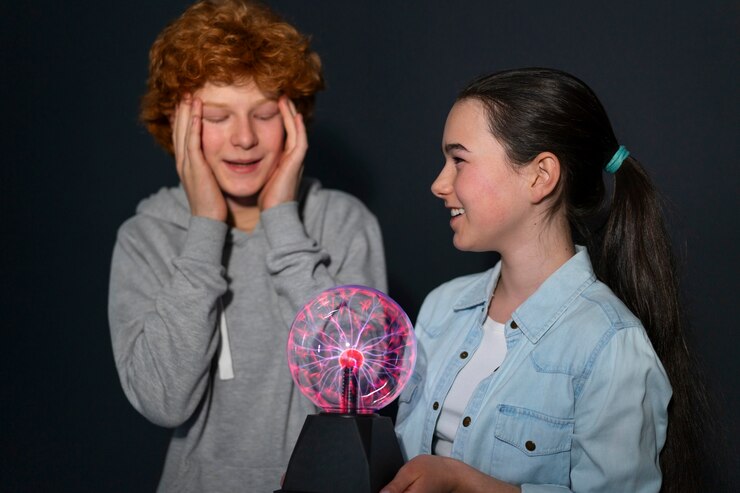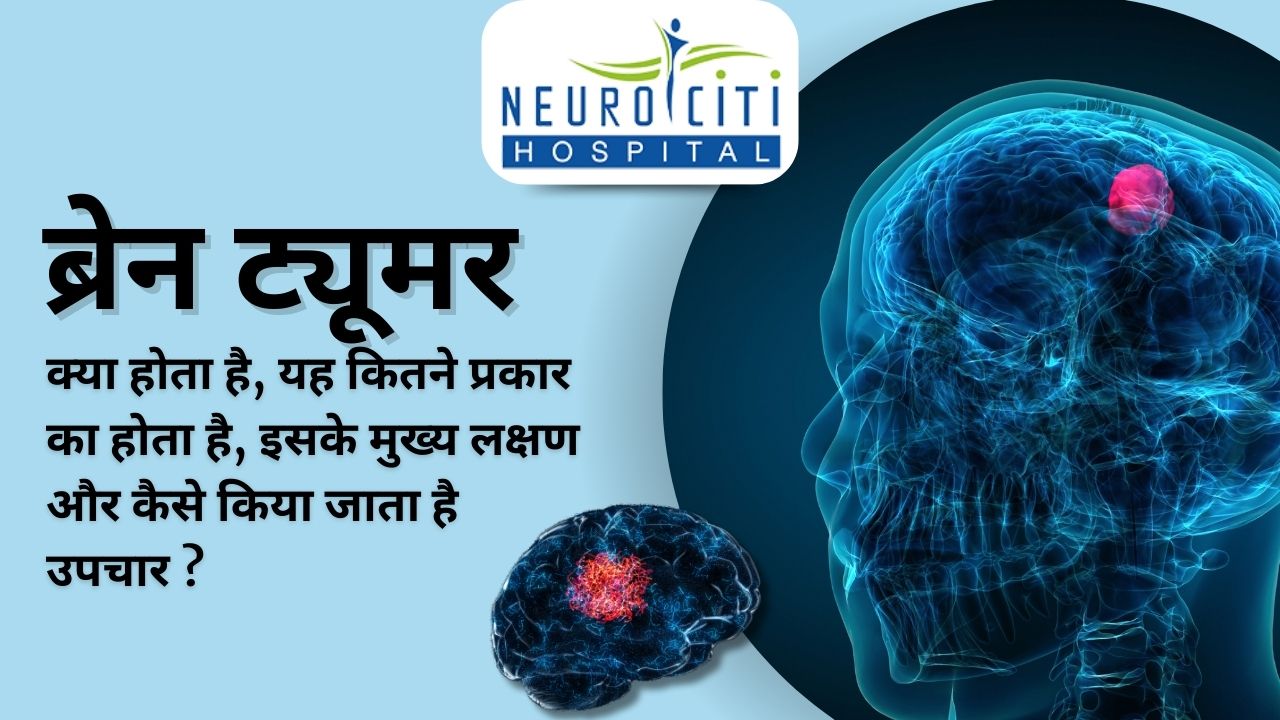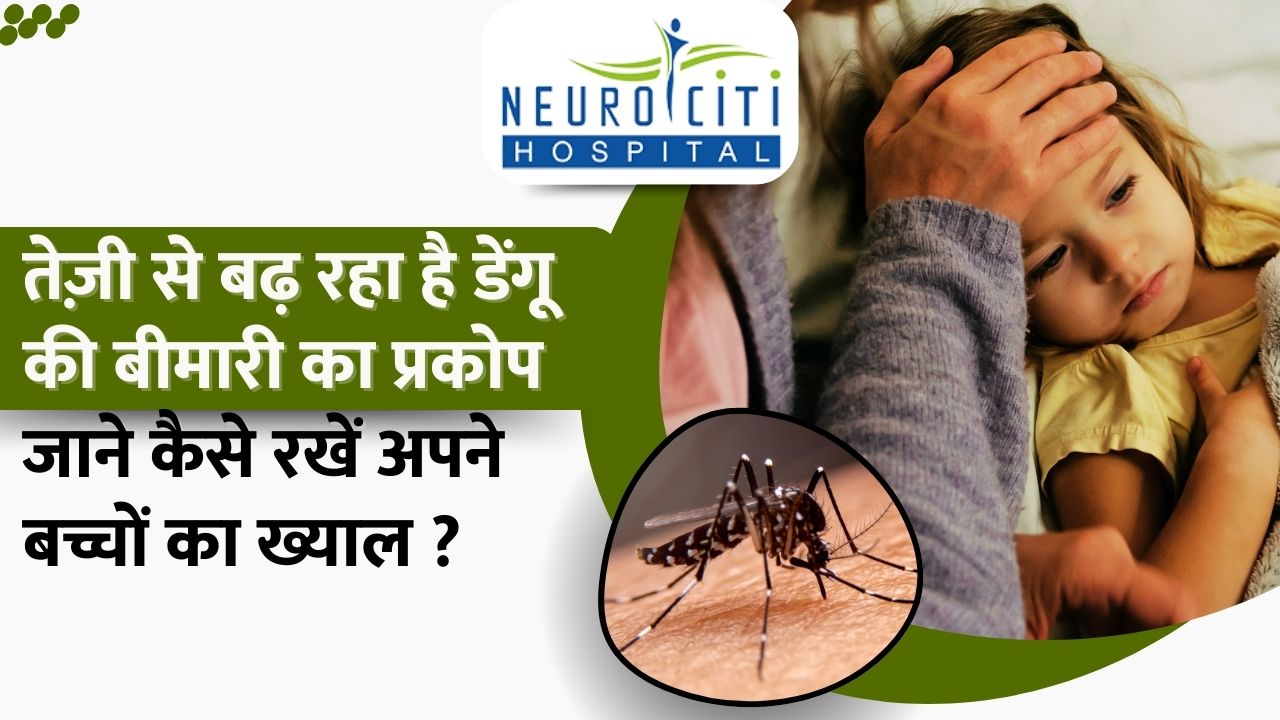Parkinson’s disease is a condition that is related to age. In this condition, some parts of the brain deteriorate. It is known for causing slowed movements, tremors, balance problems and more. Most of the cases happen for unknown reasons, but some are inherited. The condition is not curable, but there are many different treatment options. If you are looking for the treatment of Parkinson’s disease, then meet the best neurologist in Punjab.
Define Parkinson’s disease.
A condition where a part of your brain deteriorates is known as Parkinson’s disease; it is causing more severe symptoms over time. While this condition is best known for how it affects muscle control, balance and movement, it can also cause a wide range of other effects on your senses, thinking ability, mental health and more.
What are the causes of Parkinson’s disease?
There are different reasons that are responsible for Parkinson’s disease.
- Medications: Several medications can cause a parkinsonism-like effect. The Parkinson’s-like effects are often temporary if you stop taking the medication that caused them before the effects become permanent. However, the effects can linger for weeks or even months after you stop taking the medication.
- Encephalitis: Inflammation of your brain, known as encephalitis, can sometimes cause Parkinsonism.
- Toxins and poisons: Exposure to several substances, such as manganese dust, carbon monoxide, fumes from welding, or certain pesticides, can lead to Parkinsonism.
- Damage from injuries: Repeated head injuries, such as those from high-impact or contact sports like boxing, football, hockey, etc, can cause brain damage. The term for this is post-traumatic Parkinsonism.
What are the symptoms of Parkinson’s disease?
There are two types of symptoms of Parkinson’s disease.
Motor symptoms:
- Blinking less often than usual: This is also a symptom of reduced control of facial muscles.
- Cramped or small handwriting. Known as micrographia, this happens because of muscle control problems.
- Drooling: Another symptom that happens because of loss of facial muscle control.
- Mask-like facial expression. Known as hypomimia, facial expressions change very little or not at all.
- Trouble swallowing: This happens with reduced throat muscle control. It increases the risk of problems like pneumonia or choking.
- Unusually soft speaking voice: This happens because of reduced muscle control in the throat and chest.
Non-motor symptoms
Non-motor symptoms include:
- Autonomic nervous system symptoms: These include orthostatic hypotension like low blood pressure when standing up, constipation and gastrointestinal problems, urinary incontinence and sexual dysfunctions.
- Depression.
- Loss of sense of smell.
- Sleep problems include periodic limb movement disorder, rapid eye movement behavior disorder, and restless legs syndrome.
- Trouble thinking and focusing.
Treatment of Parkinson’s diseases
There are different treatment plans for Parkinson’s disease.
Medicines: Different types of drugs that are beneficial for treating Parkinson’s disease.
- Adding dopamine: Medications like levodopa can increase the available levels of dopamine in your brain.
- Stimulating dopamine: Dopamine agonists are medications that have a dopamine-like effect. Dopamine is a neurotransmitter that causes cells to act a certain way when a dopamine molecule latches onto them.
Experimental treatments
- Stem cell transplants: These add new dopamine-using neurons into your brain to take over for damaged ones.
- Neuron-repair treatments repair damaged neurons and encourage new neurons to form.
- Gene therapies and gene-targeted treatments: These treatments target specific mutations that cause Parkinson’s disease.
To treat Parkinson’s disease, contact the best Neurosurgeon in Ludhiana at the neurociti hospital.





